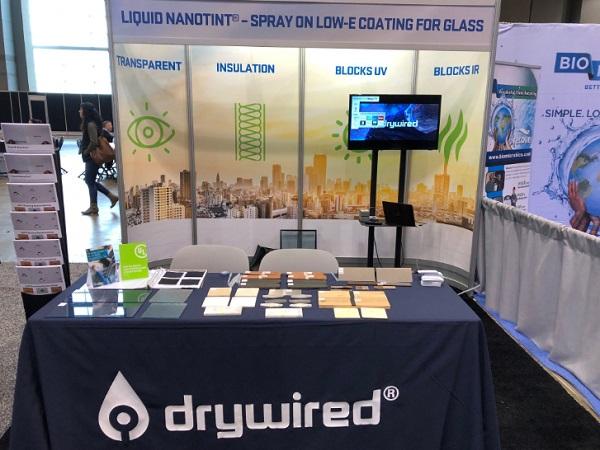
Date: 19 November 2018
DryWired’s Liquid NanoTint 2.0 was awarded UL’s GREENGUARD Gold certification. Liquid NanoTint 2.0 is the newest NanoTint technology upgrade from award-winning California nanotech company DryWired. Liquid NanoTint 2.0 improves on the prior low-e glass coating by boosting its infrared (IR) and UV blocking performance without sacrificing visible light transmittance.
The highly transparent paint-on low-e coating can be easily applied during energy efficiency upgrades on any type of glass by qualified facilities personnel. The technology has already been specified by architects around the world.
The UL GREENGUARD Gold Certification (formerly known as GREENGUARD Children & Schools Certification) offers strict certification criteria, considers safety factors to account for sensitive individuals (such as children and the elderly), and ensures that a product is acceptable for use in environments such as schools and healthcare facilities.
It is referenced by both The Collaborative for High Performance Schools (CHPS) and the Leadership in Energy and Environmental Design (LEED) Building Rating System.
“Liquid NanoTint 2.0 receiving UL GREENGUARD Gold certification gives our clients and specifiers more confidence that our cutting-edge nanotechnology won’t sacrifice on safety,” said DryWired’s Vice President of Architectural Coatings, Mark Martinez.
“Liquid Nanotint 2.0 opens a new frontier for architects and developers who are tired of 50-year-old underperforming architectural glass insulation solutions that darken rooms and provide little resistance to UV despite the growing risks of skin cancer.”
The GREENGUARD Gold Certification standard includes health based criteria for additional chemicals and also requires low total VOC emissions levels.
In addition to limiting emissions of more than 360 VOCs and total chemical emissions, GREENGUARD Gold Certified products must also comply with requirements of the State of California’s Department of Public Health (CDPH) “Standard Method for the Testing and Evaluation of Volatile Organic Chemical Emissions from Indoor Sources Using Environmental Chambers, Version 1.2 (2017)” (also known as California Section 01350).
 600450
600450

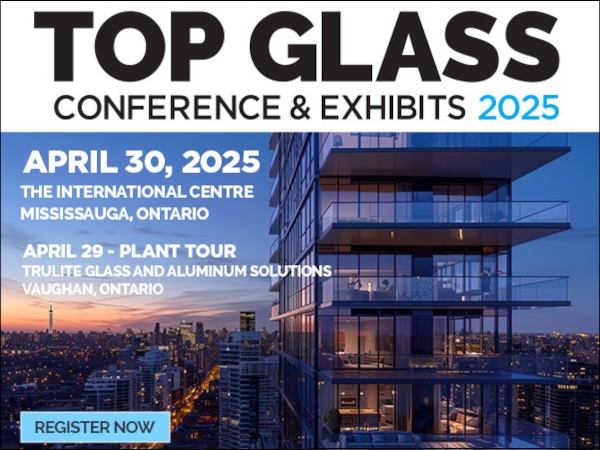

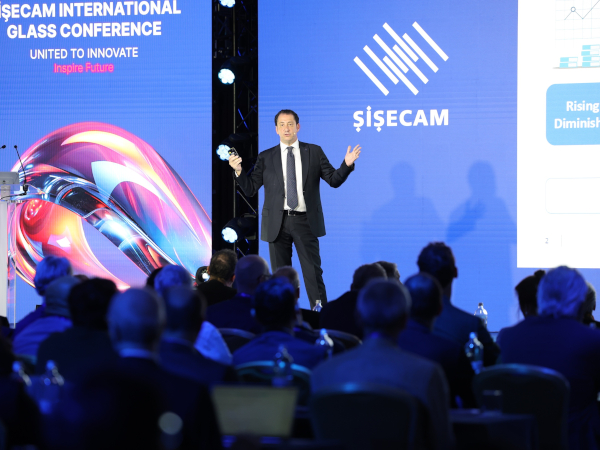


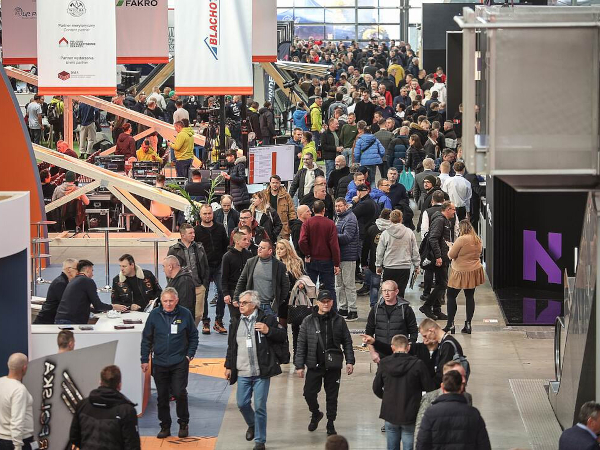


















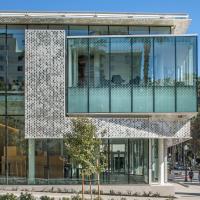

Add new comment